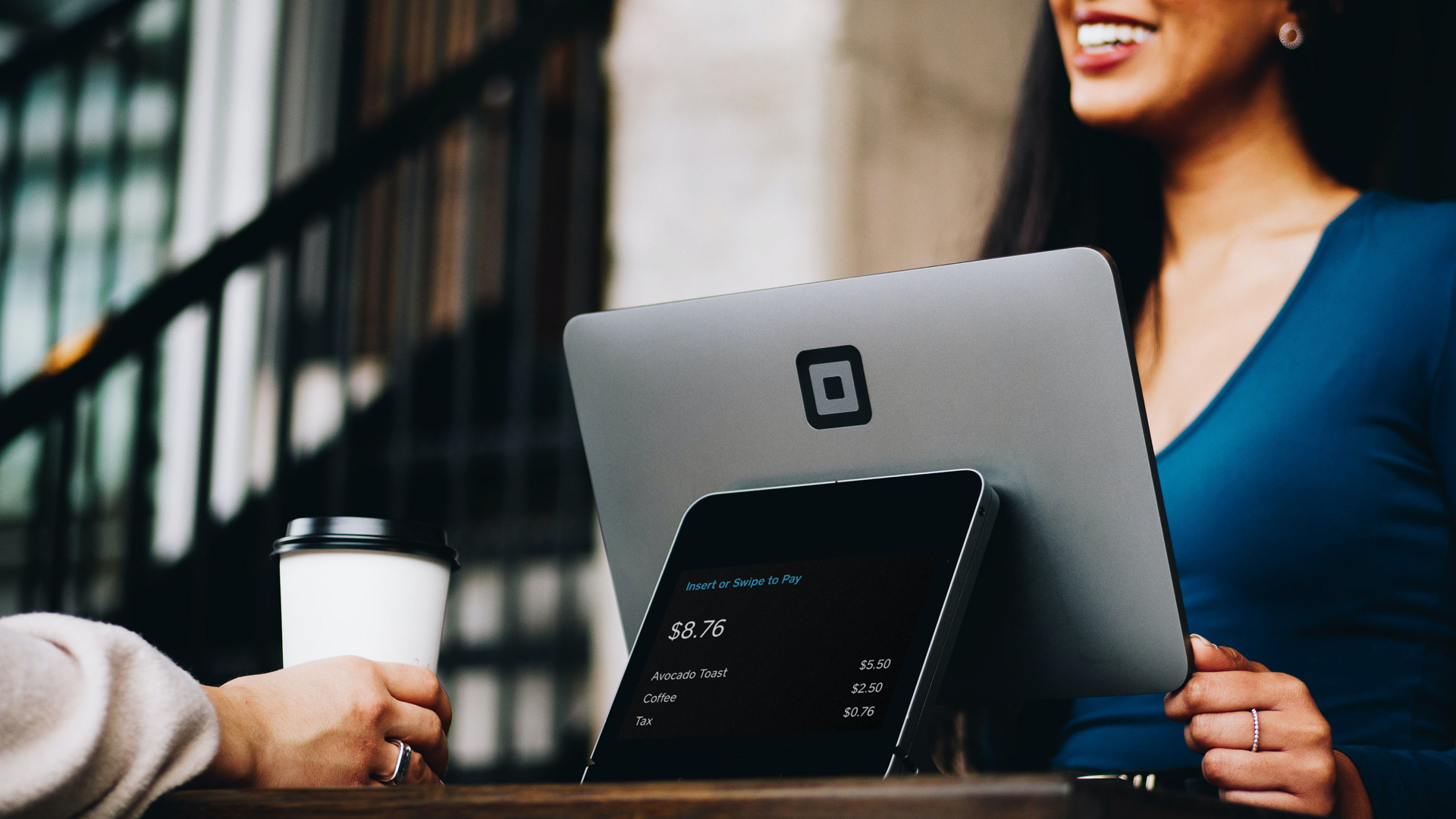Using POS to Manage Both Online and Offline Orders Seamlessly

In today’s retail and hospitality landscape, success depends on your ability to serve customers wherever they are — in-store, online, or both. The rise of omnichannel shopping means customers expect a consistent, convenient experience whether they’re ordering from a café counter, browsing your website, or using a delivery app. Managing all these channels manually can lead to confusion, delays, and errors. That’s where a modern POS (Point of Sale) system steps in, allowing businesses to manage both online and offline orders seamlessly.
1. The Challenge of Managing Multi-Channel Orders
Before advanced POS systems, businesses often had separate tools for in-store and online operations. For example, café staff might use one system to manage walk-in orders, while online sales were handled manually or through third-party platforms. This separation caused issues like double data entry, inventory mismatches, delayed updates, and inaccurate sales reporting.
Customers expect real-time accuracy — if an item shows as available online, they want it ready for pickup or delivery without delay. To meet these expectations, businesses need a unified platform that syncs all orders instantly, whether they’re placed in person, on a website, or through a delivery partner.
2. Unified Order Management with POS
A modern POS system acts as a central hub for all orders. It synchronizes your in-store transactions with your online store, ensuring that every sale is recorded and updated in real time. Whether someone buys a product from your retail counter or places an online order through your eCommerce site, the POS automatically logs the sale, adjusts stock levels, and updates your reports.
This seamless connection eliminates confusion between online and offline orders. Staff can easily view, prepare, and track every order from a single dashboard — improving accuracy and saving valuable time.
3. Real-Time Inventory Synchronization
Inventory management is one of the biggest challenges for businesses operating both online and offline. If your systems aren’t synced, you risk overselling items that are out of stock or missing opportunities because inventory wasn’t updated in time.
A cloud-based POS keeps your stock data consistent across all platforms. When a customer purchases an item in-store, your online shop automatically updates to reflect the new stock count. Similarly, if someone buys online, your in-store POS instantly knows to reserve or deduct that item.
This real-time synchronization not only prevents errors but also improves customer satisfaction. Shoppers appreciate knowing that what they see online is accurate — and that they can rely on your business for honest availability.
4. Simplified Payment and Order Processing
Handling payments from multiple channels can be complicated. But with an integrated POS system, you can process all transactions — whether they come from online platforms, delivery services, or physical terminals — in one place.
Modern POS systems support multiple payment types, from credit cards and e-wallets to contactless and QR-based payments. This flexibility allows customers to pay how they prefer while helping your team process orders quickly and accurately.
Moreover, a unified payment system simplifies your accounting. All sales data flows into one report, giving you a clear picture of total revenue, taxes, and transaction history across all channels.
5. Better Customer Experience Across Channels
A connected POS system helps you offer consistent customer service across every touchpoint. When your online and in-store systems share the same customer profiles, purchase history, and loyalty data, you can recognize and reward your customers no matter where they shop.
For example, a customer who earns loyalty points from an online purchase can redeem them in-store without any confusion. This cross-channel consistency builds trust and encourages repeat visits — both online and offline.
6. Insights for Smarter Decision-Making
When all your sales data flows through one POS platform, you gain powerful insights into customer behavior, product performance, and sales trends. You can easily see which items sell best online versus in-store, which promotions drive the most traffic, and how customers prefer to shop.
These analytics help you make data-driven decisions — such as adjusting stock distribution, refining your menu or product catalog, or tailoring marketing efforts to match real customer preferences.
Conclusion
The future of retail and hospitality is omnichannel — and a modern POS system is the backbone that makes it work. By connecting online and offline sales, syncing inventory, unifying payments, and improving the customer experience, businesses can operate more efficiently and deliver a smoother, more reliable shopping journey.
Whether you run a café, retail store, or hybrid business, investing in an integrated POS system isn’t just about technology — it’s about staying ahead in a world where customers expect seamless service wherever they choose to shop.






